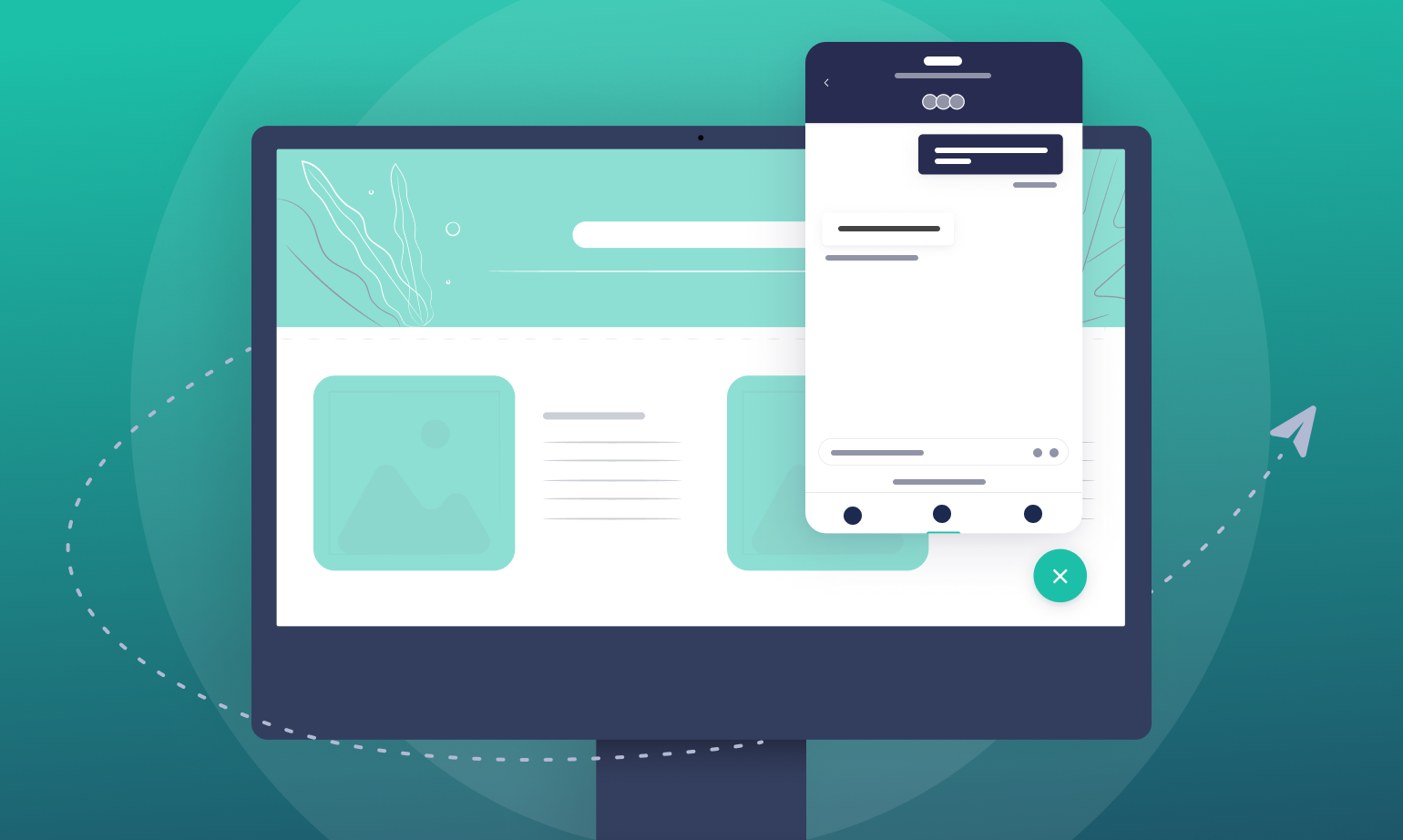
In today’s digital-first world, having a website that is attractive, informative, and attention-grabbing isn’t just important. It’s a necessity. Almost every single customer you have will probably look you up online first and if your website isn’t getting their attention, then tough luck.
To make life harder for insurance agencies trying to spice up their insurance websites is the fact that, at the end of the day, insurance isn’t a very exciting product. It’s something most people don’t want to think about and only get purchased as a precaution against the worst-case scenario.
This makes it harder to market and added to this already tedious predicament is the fact that everyone in the space is virtually already doing the exact same thing. This can be disheartening, especially when trying to find an edge over the competition, but there is a silver lining.
Since everyone is already trying the same age-old tactics, if you follow the best practices and create a website that’s a class apart, then standing out is only a matter of time. What’s more, is that almost any sort of creativity is rewarded because of the nature of the industry.
So if you’re confused about where to begin and what’s absolutely essential then dive in, because by the end of this article we’ll show you exactly what you need for your website to be a success.
Essential pages your website needs
Having a website can give your insurance agency more credibility, help with digital marketing and advertising campaigns, and allows you to communicate directly and more effectively with your customers and audience.
When you design your website try and keep it simple and easy to navigate. You don’t want your customers feeling lost and confused because they can’t navigate through your site to find simple things. Make use of images and videos to capture interest, have a clear readable font, and include well-placed CTAs to inspire your audience to take action.
Since most internet traffic is from mobile users, ensuring that your website is mobile responsive is crucial to providing the customer with a user experience that makes them want to patronize your insurance agency.
These might seems like two isolated elements but the truth is that when it comes to online branding and digital marketing, there are dozens of factors that your need to consider if you want your website to succeed. There are also several elements that you can’t afford to skip.
Let’s take a look at some.
1. Home page: Putting a face to your brand

Source: Mango’s Home Page Perfectly Captures The Brand’s Essence
Your homepage is the page that’s most frequented by visitors. Not only does it receive more traffic than anywhere else on your website but it’s also a chance to make a great first impression. Your homepage lets you put a face to your brand and when your brand is insurance, you want to be absolutely sure that you’re putting out a friendly face.
A well-designed homepage should allow you to showcase your brand’s uniqueness and what sets it apart without necessarily overloading the audience with too much information. Keep the design simple and focus on getting a clear message across.
Part of nailing the homepage design is ensuring that it’s attractive enough to capture attention but not overwhelming in terms of details. You want to tell a story, not get stuck describing the characters.
Finally, keep things easy to use and navigate and make sure all details are clearly visible. Remember that most people are either browsing or looking for some specific piece of information and a homepage should ideally be a blend of what your brand does along with a signpost on where they can go to find more information.
Nail these two aspects and you’re golden. In the insurance business, this can mean showcasing happy customers who love your policies, or entirely new policies that are available. While offering more detailed links to which policies are more suitable and for whom.
2. About Us page: Orienting your agency with prospects
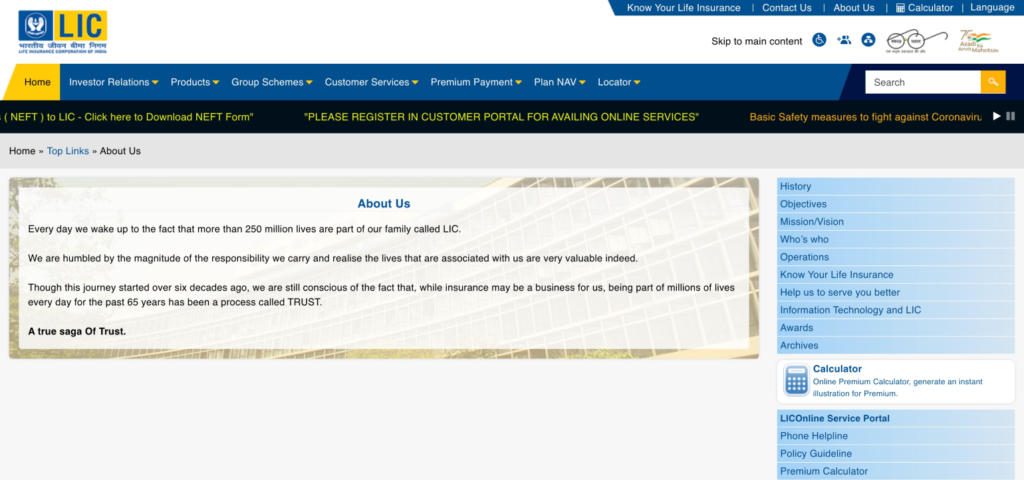
Image: LIC’s About Us Page
Once your homepage has caught the attention of your audience, then the next stage is to give more information to those who are actively looking to learn more about your agency and what you do. Here’s where an About Us page comes in handy.
Almost every business often needs to clearly explain what they do in order to ensure they’re accessible to people looking for their services. Insurance agencies are no different and your website needs to do just that.
Your About Us page can be where you talk about what your business does, the core values it stands for, and the vision that it embodies. This is a great place for insurance agencies to stand out because proving you’re committed to helping people through the worst times of their life is what makes your agency stand out from a sea of competitors all offering similar policies.
It should also answer some essential questions regarding the nature of your business such as:
- If you’re a public, private, or family-owned business
- The history and story of your company
- The core values that the company stands for
- The size of your business
- What makes your company unique or special
A well-written About Us page should leave your audience feeling like they’ve known you and your business forever and make them feel comfortable about the prospect of doing business with you.
Avoid hype and fluff and focus on providing clear concise information that is distinct and new and not a repeat of your home page. You don’t want to waste anyone’s time or make them zone out halfway through reading about your company, so remember to remain engaging even while telling your story.
3. Services/Products page: Introduce your value proposition
Immediately after your homepage, your services/product page is probably the most important page on your website. It has the power to sway customers and convince them to make a purchase. If your marketing and advertising are rock solid, then a well-built product page is the icing on the cake that you need in order to take your traffic and conversions to the moon.
Essentially your service or product page needs to do three things:
- Reinforce the brand image and stay consistent
- Increase customer loyalty and trust
- Turn customers into powerful brand advocates
There are also best practices to keep in mind when building a product page. While it’s not necessary to include all of the, try and stick to as many as possible. Some of these are:
- Include a featured image
- Include a crisp, concise copy with respect to the product description
- Include reviews, ratings, and social proof
- Upsell and cross-sell policies through suggestions
- Easily available customer support
Your service or product page needs to demonstrate in a short and concise way, exactly why your product offering is unique and what it has going for it over the competition. You can add in videos or multiple images but make sure you’re showcasing your product in the best light possible.
Now if you’re an insurance company then you need to use this page to market your policy through images and videos. While it’s okay to explain what the policy is focus on demonstrating what it means for your customers.
What will buying your policy allows them to do? What state of mind will it help them achieve? Use images to create impressions about how their life will improve for the better by using your service or purchasing your policy. You’re selling an experience and before a customer buys in they need to feel convinced of the experience they’re buying.
4. Contact Us page: Provide means to connect with your agents

There’s nothing more annoying to a customer than when they know exactly what they want but can’t get in touch with any of the agents they need to. This can be a huge turnoff and acts as a disincentive to potential customers.
Not being able to easily reach out to an agent, also makes customers feel like the service provided in the event that they ever need support will be terrible. This is one of the quickest ways to lose otherwise very keen customers.
Fortunately, there’s little you can do wrong apart from this while setting up a contact page. So whether it’s existing customers, potential customers, investors, or advertisers the basics remain the same for anyone trying to contact you.
Your contact page should include:
- A physical address for your organization
- A phone number that’s reachable
- An email address
- Links to your social media pages
You can take it a step further by integrating a map with your address so that customers can see where your business is situated. Also, make sure that your social media handles are linked to your website because if another business has a similar name then it’s possible that customers will confuse someone else for you while looking you up.
Automation elements your website can’t go without
When it comes to cutting down on monotonous repetitive work, you simply can’t go wrong with automation. Insurance has enough repetitive tasks to warrant setting up a system that will virtually slice your workload in half.
Let’s dive straight into some incredible automation tools that your insurance marketing site absolutely must-have.
1. A chatbot or live chat tool
Live chat is an essential tool when we’re talking about customer support, especially in the insurance industry. As customers browse through your website they may often find questions arise that they would like addressed immediately.
Instead of taking out the time to write an email which most people find tedious, most customers prefer a live chat box they can type straight into. This allows them to receive immediate attention and answer their queries immediately.
Often live chat can be automated so that the most common questions are answered by AI and there’s no need for a customer support agent to even be present. This can free up the limited number of customer support agents
2. Interactive experiences
It’s a known fact that more interaction usually translates to more leads and more customers. Customers are more likely to give their contact information out to brands that create engaging content that delivers some sort of value or provides them with the information they weren’t previously aware of.
Some forms of interactive content you can include on your website are:
- Questionnaires: Questionnaires work great because they allow you to gather large amounts of data directly and cheaply from your customers and help you better understand the preferences, intentions, attitudes, and opinions of your customers.
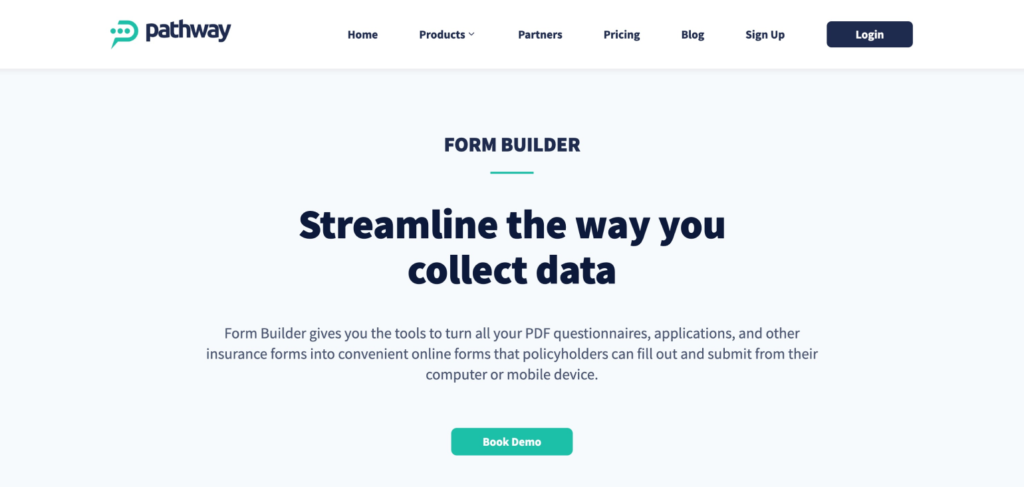
Using the Pathway Form Builder is a great way to streamline the way you collect data from your customers, especially when it’s information related to an insurance policy. You can turn them into convenient online forms that policyholders can fill out and submit from their computer or mobile device. Combined with the convenient one-click submission, the turnaround time is shortened drastically.
Another reason questionnaires are brilliant as a way to gather information is that they allow you to go into more detail with your questions. This can make a huge difference to the quality of the data you collect. It also allows you to be selective with the way you frame questions so as to collect specific details.
- Quizzes: Quizzes are another great way to interact with your customers and generate engagement. Quizzes can also be used as a way to collect information about your customers and reply with an answer.
For example, customers can answer a list of questions about their lifestyle and family situation and then input their contact details and in return, the quiz can recommend the appropriate insurance policy.
A well-designed quiz can even act as a form of elimination for uncertain customers. As they fill out the answers to the quiz, the recommendations they receive can be the ones most suitable for them. This is especially useful if there are multiple insurance policies available with very similar features.
3. A customer self-service kiosk
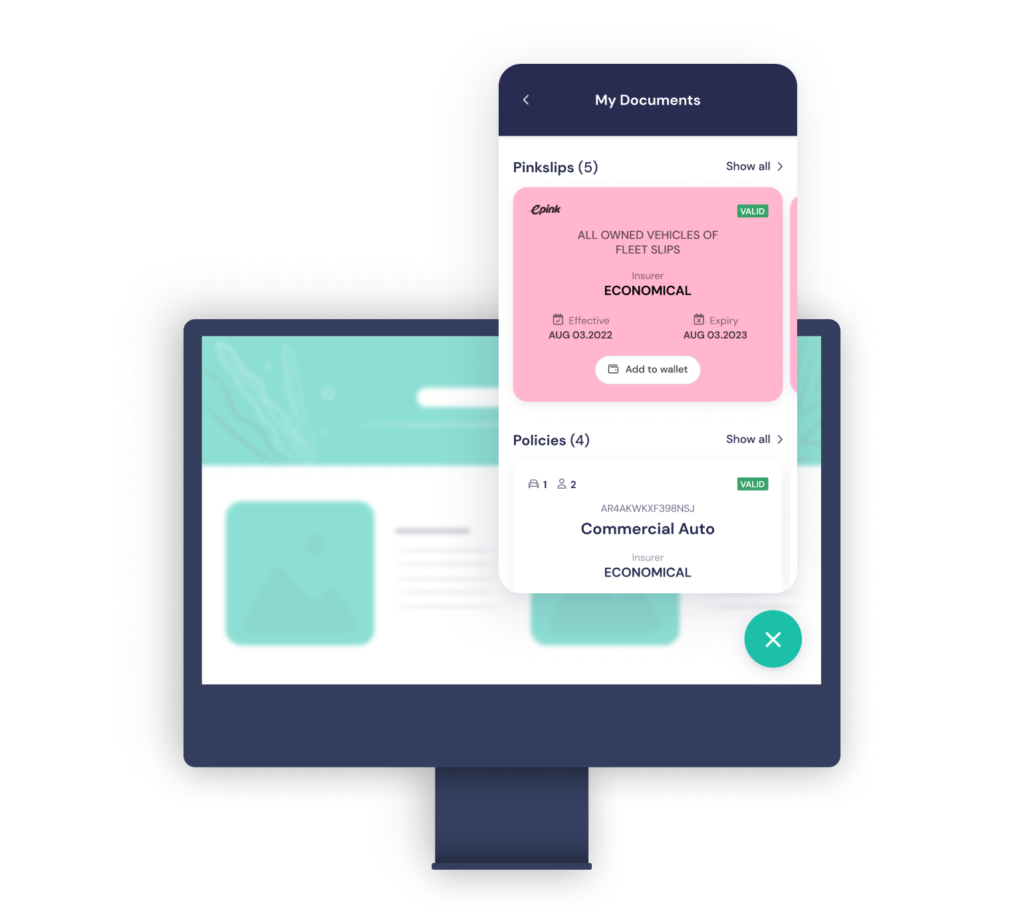
Customer service today is rapid and fast-paced and almost every customer expects a prompt response whenever issues arise. However, most customers would rather solve the issues themselves as they pop up rather than wait for a customer service executive to get back to them.
This is why it’s crucial to have a Self Service Kiosk in order to give your customers access to 24/7 self-service. When you give customers the ability to help themselves, there are several additional benefits that follow.
Phone call volumes reduce drastically as customers no longer need to call support in order to fix an issue. If they need assistance they can just help themselves through the self-service kiosk. You can also simplify online payments and payment collection processes significantly through easy billing with the help of a self-service kiosk.
You can always provide the option of real-time customer support in addition to the knowledge bank that remains accessible to customers. Occasionally customers will require a human touch when it comes to assistance.
Pathway’s self-service kiosks allow for all these features and a lot more for those serious about using automation to help their customers.
Boost your website leads with Pathway!
If you’re implementing the features outlined in this article you’re bound to bring in visitors. As your business grows, and more and more leads begin to come in through your website, it becomes necessary to implement good automation software to save time and avoid unnecessary repetitive work that prevents you from focusing on what actually matters.
Allow Pathway to do the heavy lifting for you. From streamlining the way you collect data, to measuring customer satisfaction through powerful insights, you can truly give yourself the edge in an otherwise oversaturated and competitive industry.
Pathway can revolutionize your productivity, whether it’s with its Office Bot and Marketing Bot or just through a form builder for streamlined data collection and a self-service kiosk for customer satisfaction and assistance.
When you put it all together, you’re bound to end up with a brilliant website that outshines the competition, capturing leads like never before. Then it’s only a matter of time until you’re successfully selling insurance policies and cementing your agency as the leading agency in the space.
It may seem like the journey of a lifetime but like all journeys, it starts with the first step – having a killer website.
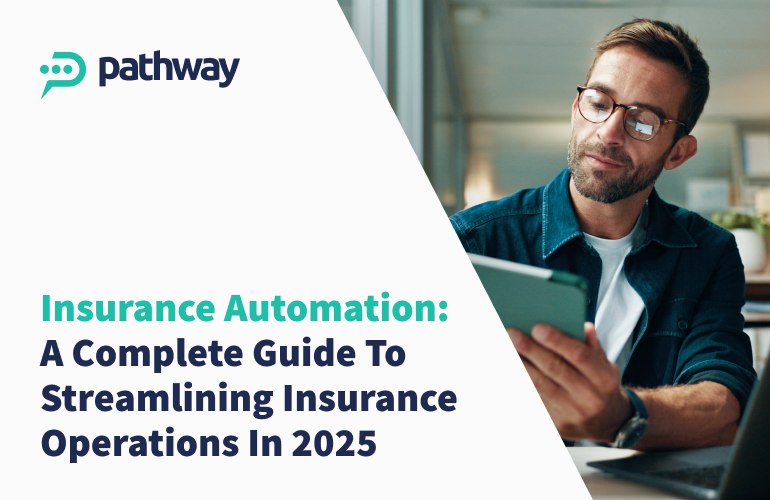

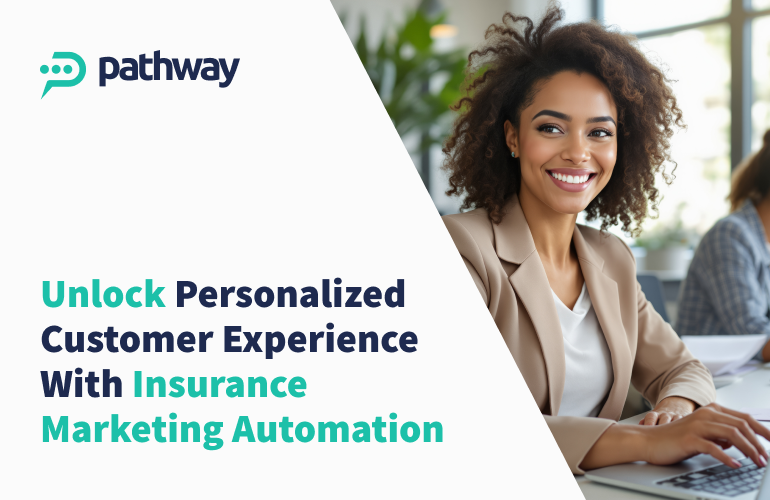



Leave a Comment
Comments:
I was examining some of your articles on this site and I think this website is very informative! Keep on putting up.
Comment by Shawn Manweiler on May 2, 2022 at 01:21What’s Happening i’m new to this, I stumbled upon this I have found It absolutely useful and it has aided me out loads. I am hoping to give a contribution & aid different customers like its aided me. Good job.
Comment by Geraldo Rochel on May 2, 2022 at 08:48Rattling excellent information can be found on blog.
Comment by graliontorile on May 5, 2022 at 01:18This is a very good tips especially to those new to blogosphere, brief and accurate information… Thanks for sharing this one. A must read article.
Comment by zoritoler imol on May 10, 2022 at 07:23Hi my family member! I want to say that this article is awesome, great written and include approximately all significant infos. I would like to see more posts like this .
Comment by Willy Delvalle on May 17, 2022 at 05:44